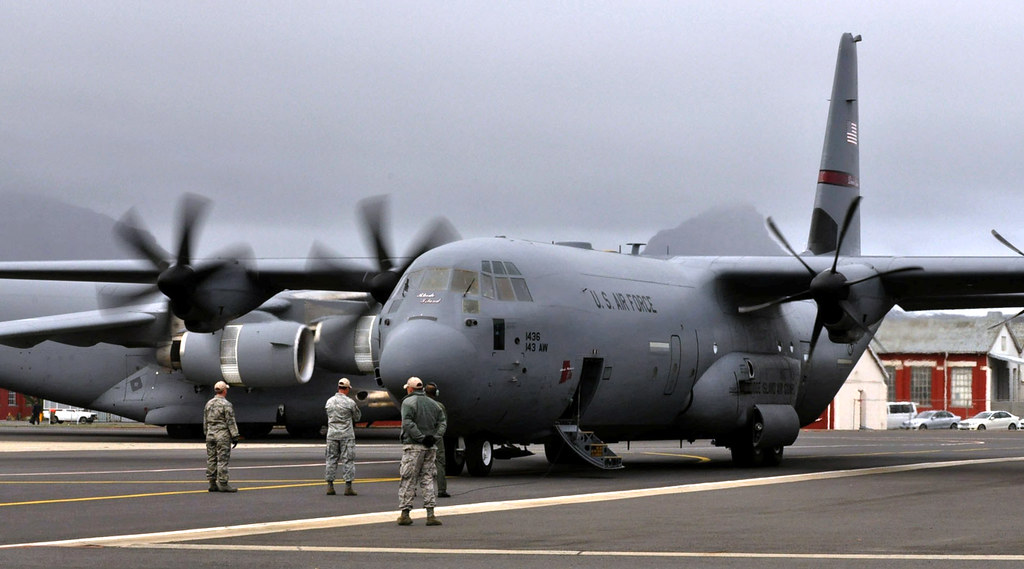Airplanes come in many different shapes and sizes, each with its unique design and technology. From small single-engine planes to massive commercial airliners, airplanes rely on sophisticated technology to get off the ground and stay in the air. Here are some of the different types of airplanes and the technology that makes them work:
Single-engine planes: These small planes are used for personal and recreational purposes, such as sightseeing, training, and private transportation. They typically have a single propeller-driven engine and a simple cockpit with basic instruments. The engine is responsible for generating the necessary thrust to lift the plane off the ground and keep it in the air.
Multi-engine planes: These planes are larger and more complex than single-engine planes, with two or more engines. They are used for a variety of purposes, including commercial aviation, cargo transportation, and military operations. Multi-engine planes are designed to be more reliable and have redundant systems to ensure safety in the event of an engine failure.
Helicopters: Unlike fixed-wing airplanes, helicopters use rotors to lift off the ground and hover in the air. They can take off and land vertically and fly in any direction, making them ideal for search and rescue, medical transport, and military operations. Helicopters are equipped with complex avionics systems that allow pilots to control the aircraft with precision and safety.
Commercial airliners: These large planes are used to transport passengers and cargo on scheduled flights. They are equipped with advanced systems and technology, such as autopilots, flight management systems, and sophisticated navigation equipment. The engines used in commercial airliners are some of the most advanced in the world, providing high levels of efficiency and reliability.
Military planes: Military aircraft are designed for a wide range of missions, including air superiority, ground attack, surveillance, and transport. They often have advanced avionics and weapons systems, as well as specialized equipment for specific tasks.
In addition to the different types of airplanes, there are also various technologies used in their construction. Aircraft materials, such as aluminum, carbon fiber, and titanium, are carefully selected for their strength and weight characteristics. Aircraft engines use advanced technology, such as turbofans and turbojets, to produce the power needed to propel the plane through the air. And avionics systems, including flight instruments, navigation equipment, and communication systems, are essential for safe and efficient operation.
In conclusion, airplanes are complex machines that rely on a range of technologies to fly safely and efficiently. Understanding the different types of airplanes and the technology that makes them work can help you appreciate the wonder and beauty of flight.
Photo by : US Army Africa
